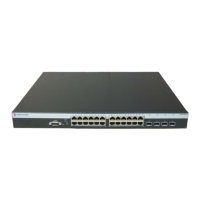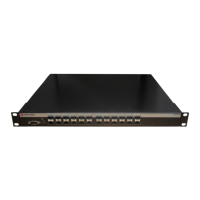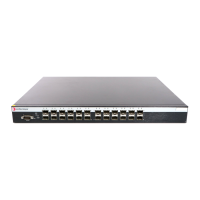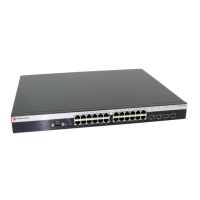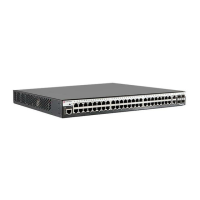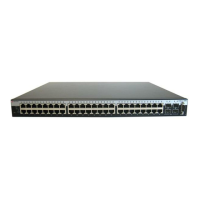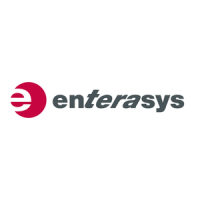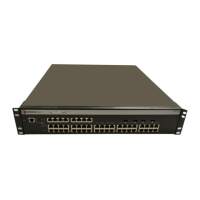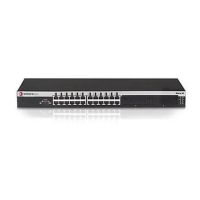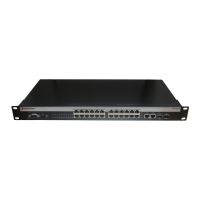sFlow
18-10 Configuring Network Monitoring
Using sFlow in Your Network
The advantages of using sFlow include:
• sFlow makes it possible to monitor ports of a switch, with no impact on the distributed
switching performance. (See “Overview” on page 18-12 for more information.)
• sFlow requires very little memory or CPU usage. Samples are not aggregated into a flow-table
on the switch — they are forwarded immediately over the network to the sFlow Collector.
• The system is tolerant to packet loss in the network. (The statistical model means loss is
equivalent to a slight change in the sampling rate.)
• The sFlow Collector can receive data from multiple switches, providing a real-time
synchronized view of the whole network.
• The sFlow Collector can analyze traffic patterns for whatever protocols are found in the
packet headers (for example, TCP/IP, IPX, Ethernet, AppleTalk). There is no need for the layer
2 switch to decode and understand all protocols.
Definitions
The following table describes some of the main sFlow terms and concepts.
Table 18-5 sFlow Definitions
Term Definition
Data Source A Data Source refers to a location within a Network Device that
can make traffic measurements. Possible Data Sources include
interfaces and VLANs.
Packet Flow A Packet Flow is defined as the path or trajectory that a packet
takes through a Network Device (That is, the path that a packet
takes as it is received on one interface, is subjected to a switching/
routing decision, and is then sent on another interface).
Packet Flow Sampling Packet Flow Sampling refers to the random selection of a fraction
of the Packet Flows observed at a Data Source.
Sampling Rate The Sampling Rate specifies the ratio of packets observed at the
Data Source to the samples generated.
Sampling Interval The time period between successive Counter Samples.
sFlow Instance An sFlow Instance refers to a measurement process associated
with a Data Source.
sFlow Agent The sFlow Agent provides an interface for configuring the sFlow
Instances within a device.
sFlow Collector An sFlow Collector receives sFlow Datagrams from one or more
sFlow Agents. The sFlow Collector may also configure sFlow
Instances using the configuration mechanisms provided by the
sFlow Agent.
sFlow Datagram An sFlow Datagram is a UDP datagram that contains the
measurement data, and information about the measurement
source and process.
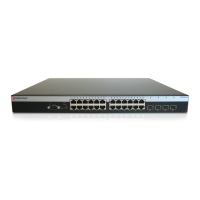
